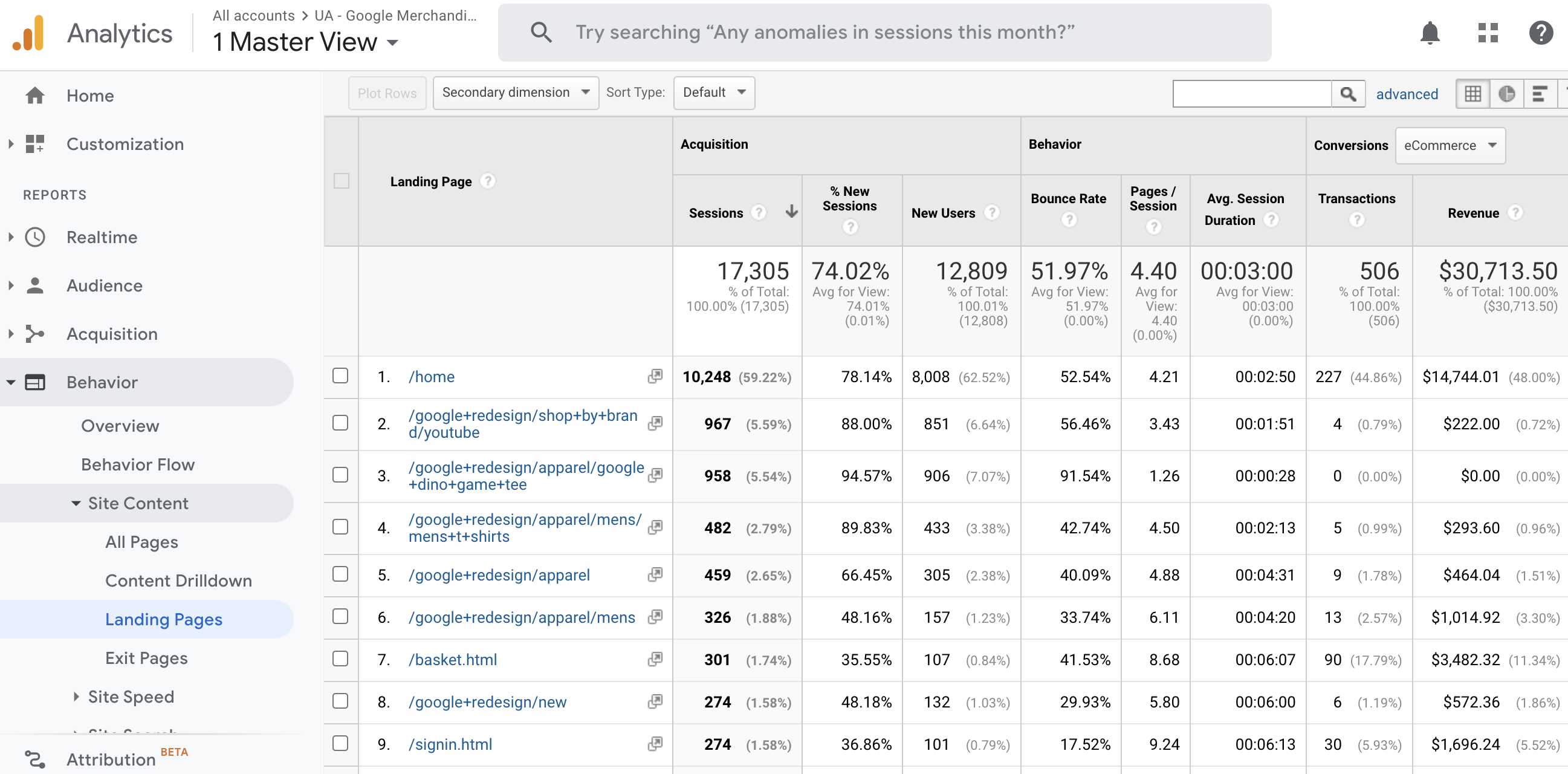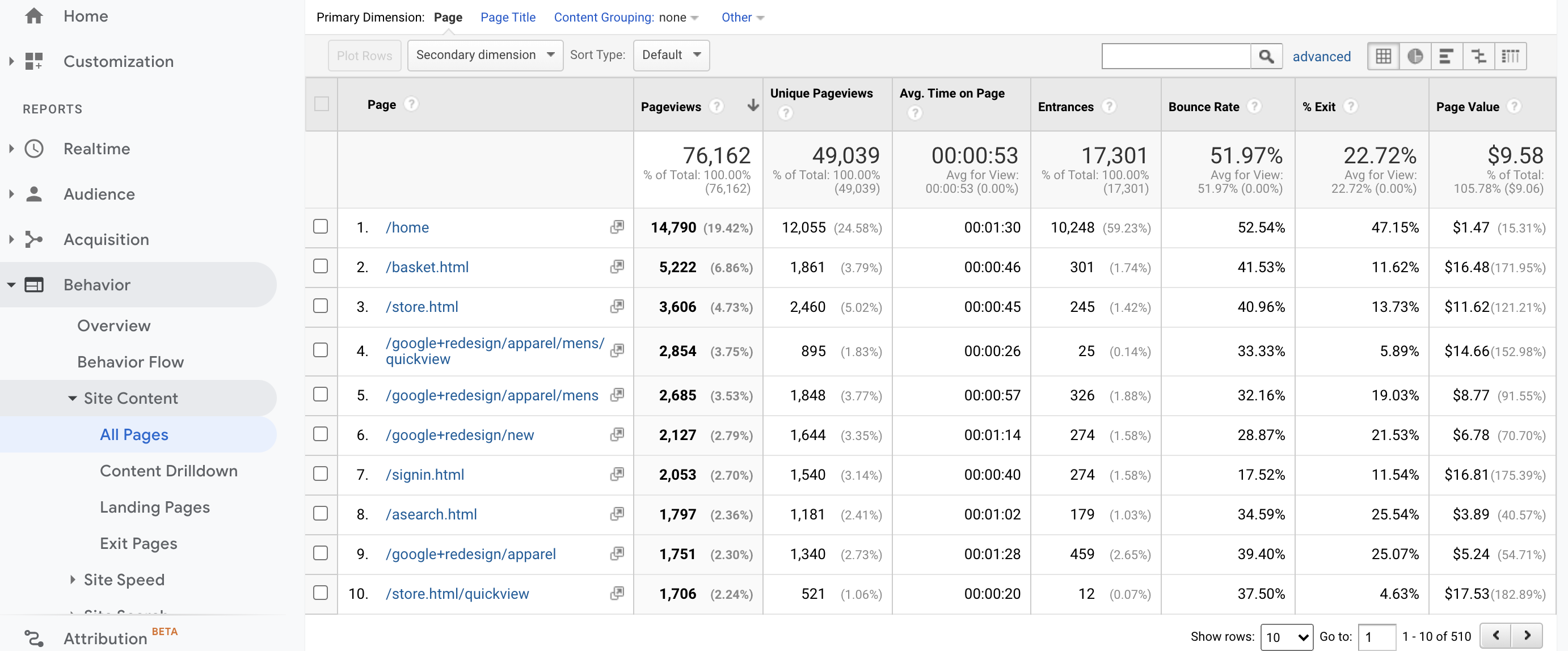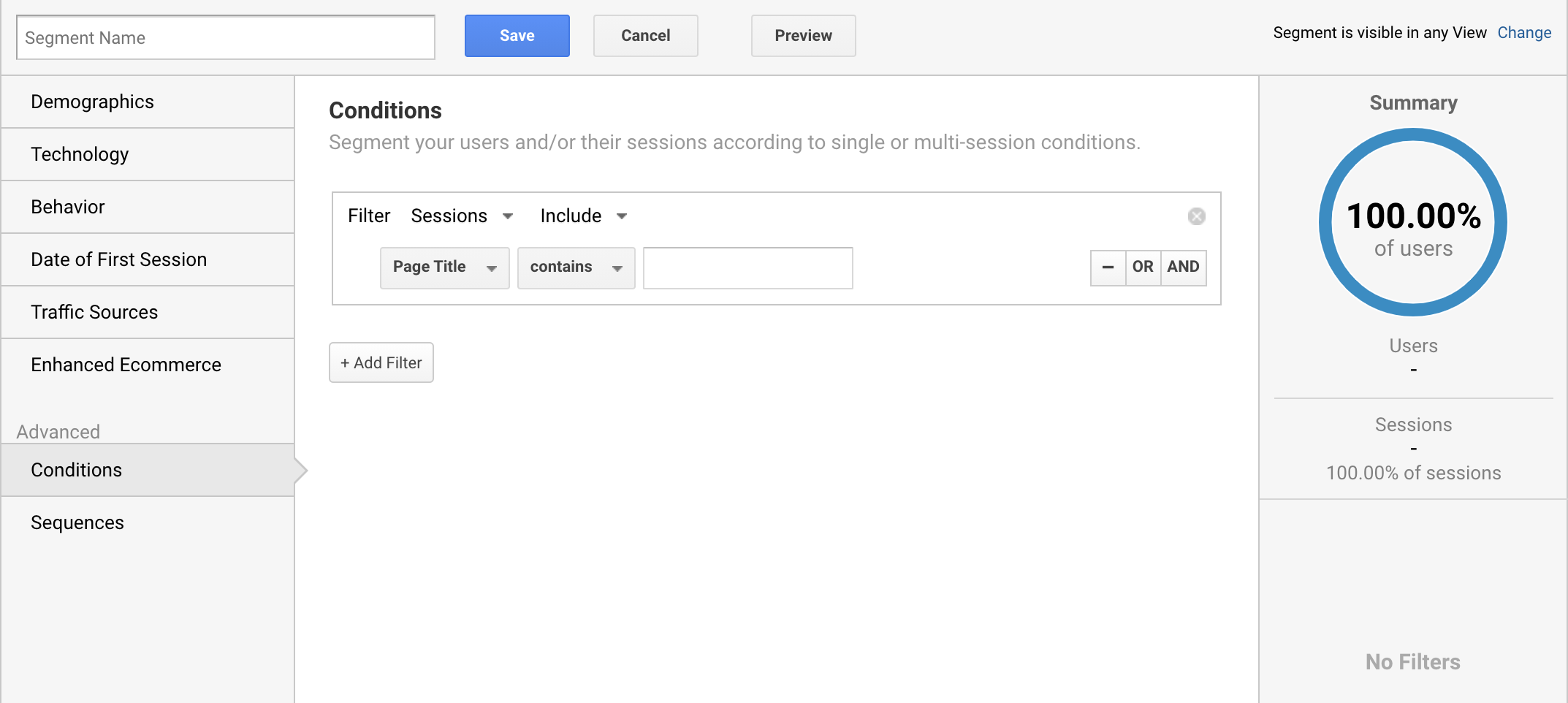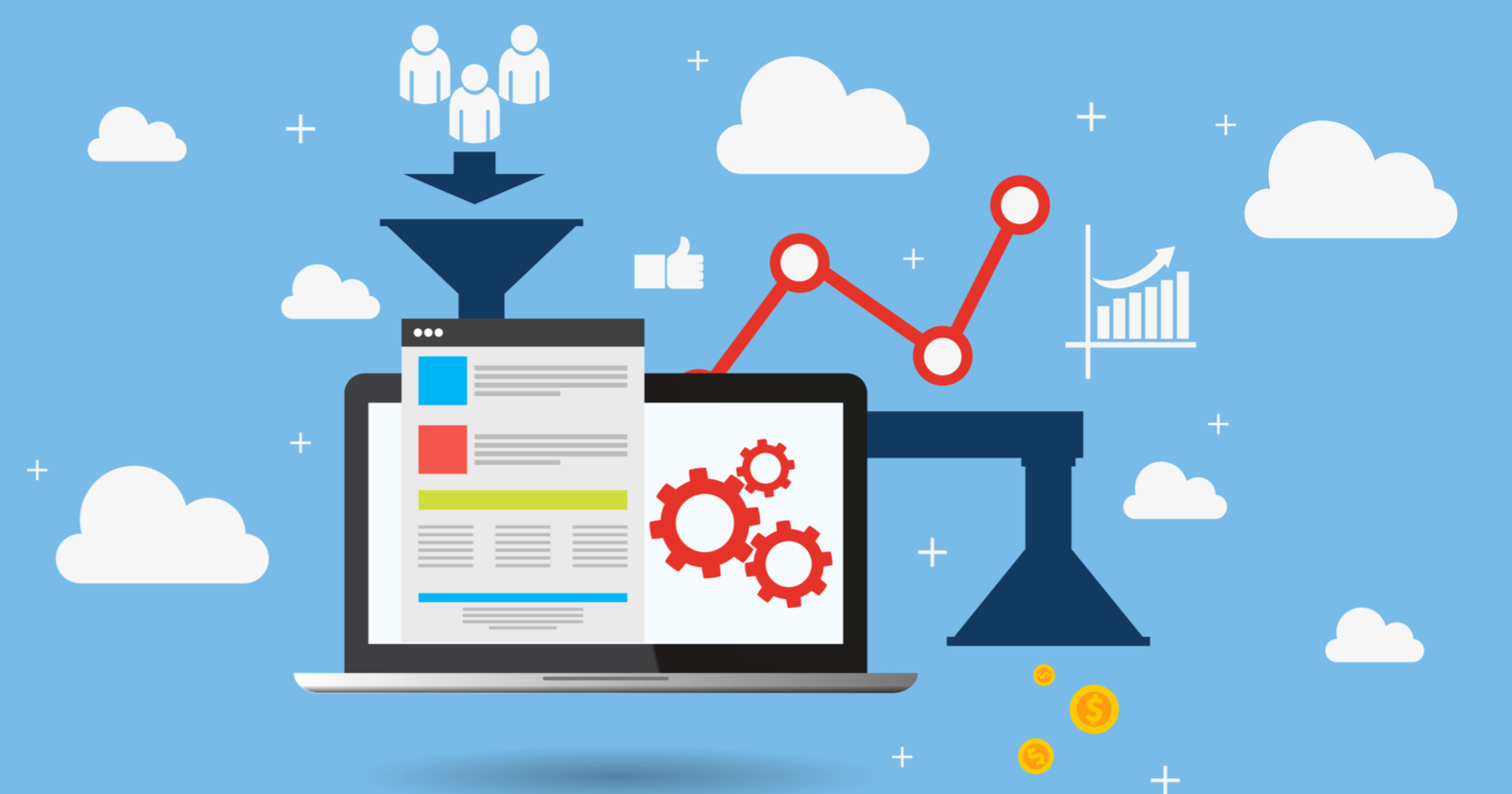Content baby, content!
For years now, content marketing has been one of the main topics of marketing.
But like anything, if you can’t measure it, it doesn’t get much love from higher-ups and it’s almost impossible to improve your strategy.
Every piece of content should be created to fulfill a user’s intent, which are often explained in the form of a marketing funnel.
Once you’ve identified what part of the funnel you are working with, you will be able to choose the metrics to define the success of that content.
Let’s get to it!
Awareness KPIs
Content in the awareness stage is focused on grabbing the eyeballs of those who have a problem that you can solve.
With this in mind, here are a few KPIs that may suit you.
Advertisement
Continue Reading Below
Organic Search Impressions
SEO can fulfill the awareness part of the funnel by delivering impressions on the search engine result page (SERP).
When you show up in the search results, searchers become aware that your business offers a solution to their problem.
The more often you show up, the more likely you are to catch their interest.
Measure organic search impressions for your content using Google Search Console and Bing Webmaster Tools.
Share of Voice
Share of voice (SoV) is a percentage metric that measures how often your name shows up on the SERP in comparison to the total number of searches for the keywords you selected.
Advertisement
Continue Reading Below
For instance, if you showed up 200 of 1000 times the keywords searched, your SoV would be 20%.
This metric gives you a good idea as to whether or not your content is showing up for the searches related to the content you created.
You can track SoV in some search platforms (see if it’s available while evaluating your options).
New Users
New users are those who have never been to your site before. Thus, they are a great indicator of how many people found you through a specific piece of content.
When looking into this metric, be sure to look at it on the “Landing Page” view.
Track new users with Google Analytics.

Content Engagement KPIs
The engagement stage of the funnel is extremely important as it shows that people actually care about your business and what you do.
It’s also one step closer to getting users to do business with you.
Clicks
Clicks are a sign that at least the title of your content was engaging – otherwise people would not click it.
You can measure clicks from the SERP, clicks from social posts to your site, or any other clicks that are leading people to your content.
Clicks can also be tracked as “sessions” on your site using Google Analytics. Once again, you will want to look at the traffic that came in through that piece of content.
Clicks can also be tracked on the respective social platforms, Google Search Console, Bing Webmaster Tools, etc.
Bounce Rate
Once users are on your site, the first sign they are engaged is if they stay there and don’t bounce.
A bounce is essentially someone coming to your site and then leaving right away before interacting at all.
Track bounce rate using Google Analytics. You can measure the bounce rate for the page overall as well as the bounce rate on the page from specific sources for a better idea of the engagement of different audiences.
Advertisement
Continue Reading Below
Average Time on Page
If someone spends time with your brand, they are engaging with it.
If you create a 5,000-word “Ultimate Guide” piece of content and the average time on page is less than 20 seconds, people are likely not engaged with that specific piece of content.
Use Google Analytics to track this information.

Scroll Depth
Scrolling is a sure sign of engagement as it doesn’t happen on its own; the user has to make it happen.
Advertisement
Continue Reading Below
While other metrics can be skewed by accidental actions (clicks or forgetting you opened something), scrolls aren’t easy to fake.
If a user scrolls, they are looking for something (hopefully something you offer).
You can measure scrolls using Google Tag Manager and Google Analytics.
Conversion KPIs
This is what we are in the business of doing – making money!
Tracking conversions helps give you leverage when trying to push for new content to be created, it also helps prove the value of content you’ve already created.
Goal Completions
Goal completions can be a plethora of different things such as form fills, a video view, a download, etc.
Depending on the goal of your content, these goal completions may be considered conversions.
No matter what you are hoping users do after engaging with your content, that event can be tracked as a goal.
Track these goals using Google Tag Manager and Google Analytics.
Purchases
Purchases are far more straightforward. If someone makes a purchase, they’ve converted and are now a customer.
Advertisement
Continue Reading Below
You can also track purchases where users also visited the content by adding a new segment based on a “visited Page Title” condition in Google Analytics.

Revenue
People absolutely love to see what the return on investment (ROI) is on the content created.
To calculate ROI, you need to know what you invested in creating the content as well as how much revenue that content contributed to or generated.
Advertisement
Continue Reading Below
Track revenue that came from sessions where the page was also visited using the same conditional segmenting used in the Purchases section of Google Analytics.
If your transaction cycle is a bit longer, this may be a bit harder to track.
Loyalty
In marketing, it’s 100% true that it’s cheaper to retain than it is to gain.
The best thing we can do as a business is to keep people coming back.
Tracking loyalty can easily show us how much money we’ve saved by keeping people in our funnel.
Return Users
If your content brings people back to the site, you know it is helping to build loyalty.
The more times someone comes to your website to interact with content, the more likely it is that you’re top-of-mind and fulfilling a need for them.
Luckily, return users to a specific page are easy to track in Google Analytics using the secondary dimension “Page Title.”

Repeat Business
Repeat business is even better than repeat visits. It’s also the ultimate vote of loyalty.
Advertisement
Continue Reading Below
If the customer has already done business with you and actively chooses to do business with you again, they’ve found value in you and your business.
To track repeat business, you’re likely going to have to rely on your point-of-sale system or a customer relationship management system.
Get Tracking!
Remember, data is only useful if you use it.
So choose your goal, know which content KPIs you’re going to track, and then make decisions based on the data you collect.
More Resources:
Image Credits
All screenshots taken by author, March 2021


